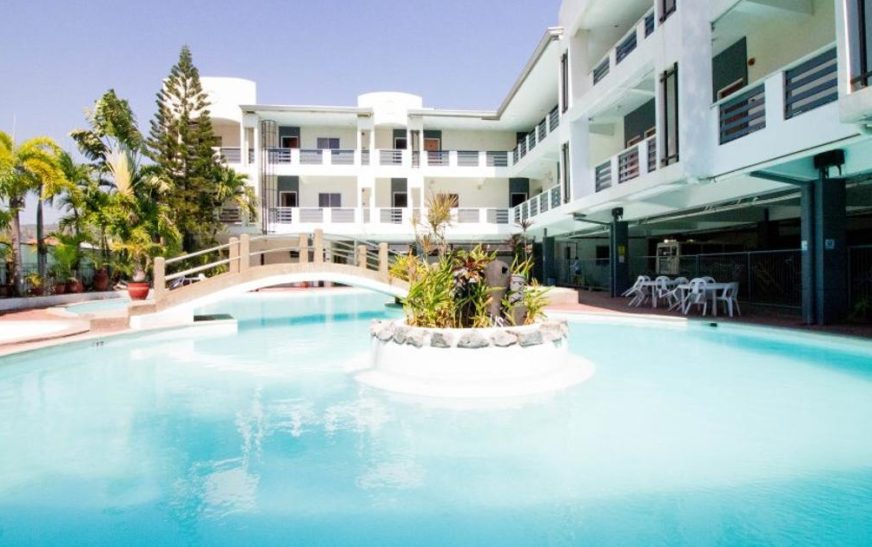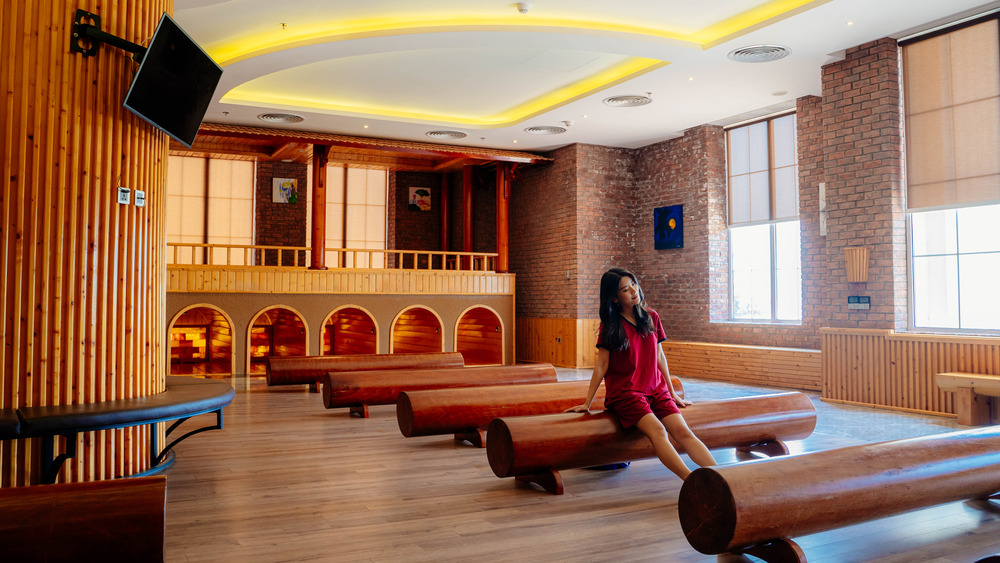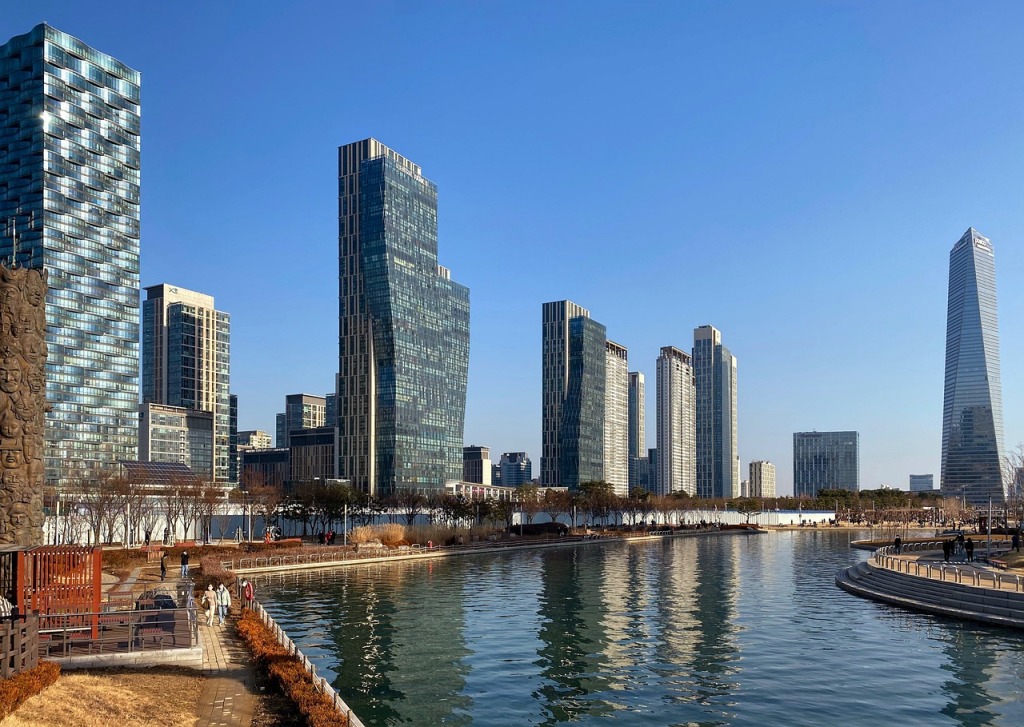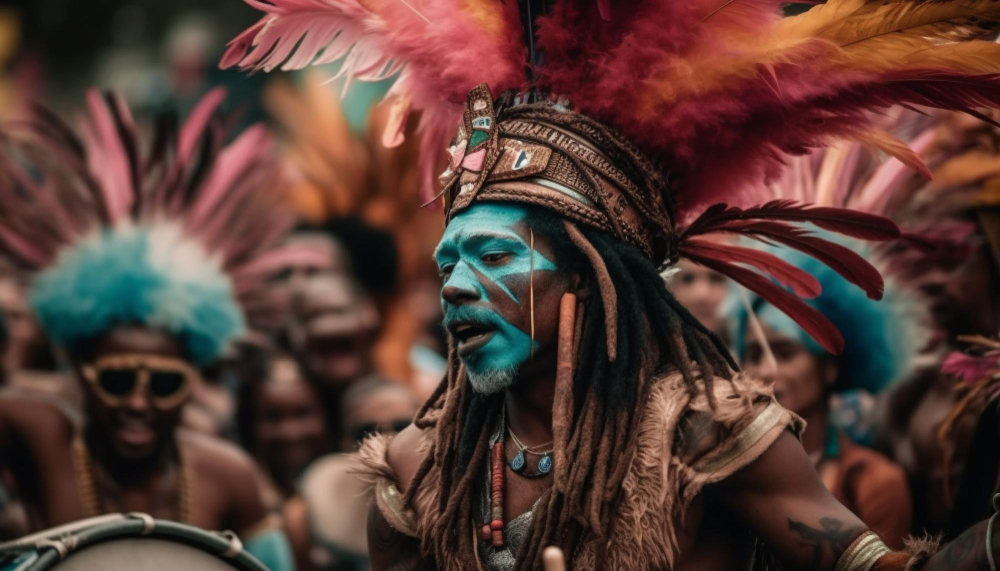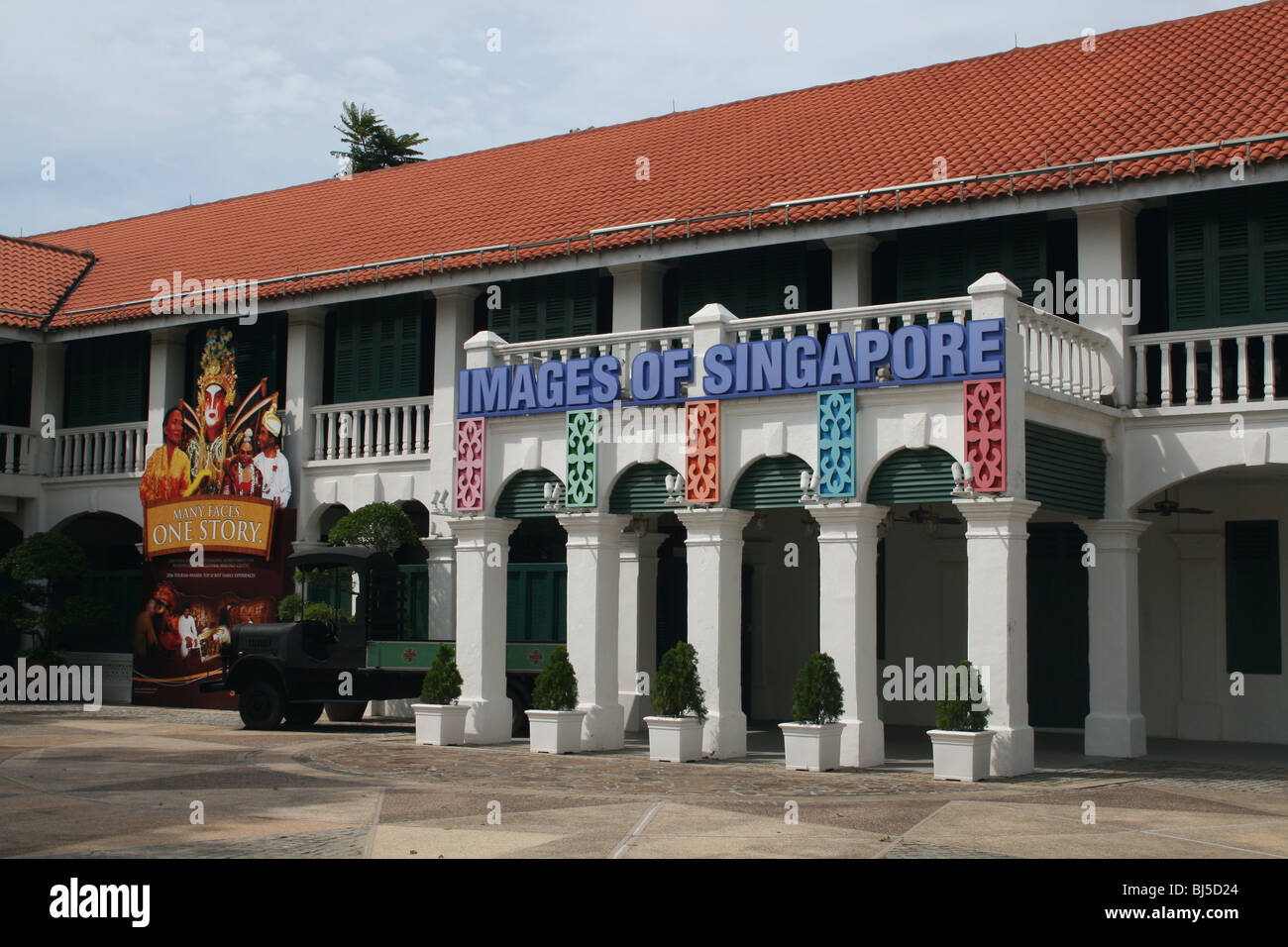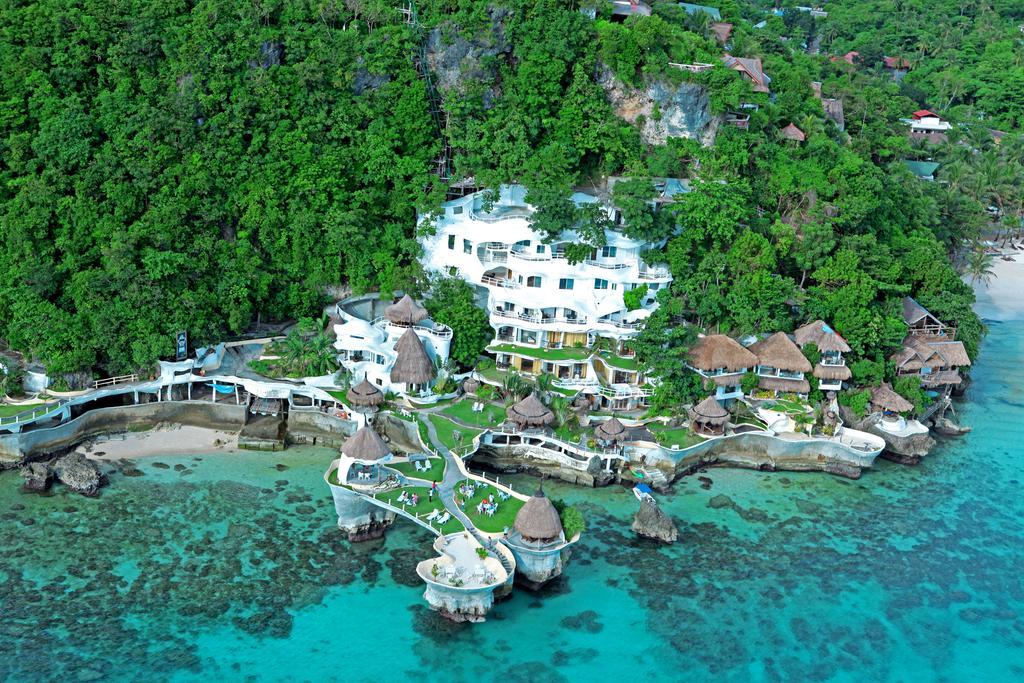Seorabeol (서라벌) was the ancient capital of the Silla Kingdom (57 BC – 935 AD), which played a crucial role in Korean history. Today, Seorabeol is known as Gyeongju (경주), the “Museum Without Walls”, due to its rich cultural heritage, historical sites, and stunning architecture.
If you’re interested in Korean history, UNESCO World Heritage sites, and ancient Korean culture, this guide will help you understand the significance of Seorabeol (Gyeongju) and why it remains one of the most important places in South Korea today.
What Was Seorabeol?
Seorabeol was the capital city of the Silla Kingdom, which ruled much of the Korean Peninsula for nearly 1,000 years. It was a center of politics, culture, and Buddhism in ancient Korea.
- Modern Name: Gyeongju (경주)
Kingdom: Silla (57 BC – 935 AD)
Famous For: Buddhist temples, royal tombs, ancient relics, and historical architecture
Seorabeol was not only the heart of Silla but also one of the most advanced cities in East Asia at the time. It had a well-organized urban structure, advanced Buddhist culture, and beautiful palaces.
The Importance of Seorabeol in Korean History
- Unified the Korean Peninsula – Under King Munmu (661–681 AD), Silla unified most of Korea, making Seorabeol the capital of a strong kingdom.
- Center of Buddhism – Many important Buddhist temples, including Bulguksa Temple and Seokguram Grotto, were built in Seorabeol.
- Cultural & Scientific Achievements – The Silla Kingdom developed advanced astronomy, architecture, and art. Cheomseongdae Observatory, one of the oldest astronomical observatories in Asia, was built here.
- Royal Tombs & Palaces – Seorabeol was home to the Daereungwon Tomb Complex, where Silla kings were buried with treasures.
Top Attractions in Seorabeol (Gyeongju) Today
Even today, Seorabeol’s historical significance can be seen in Gyeongju’s UNESCO-listed sites. Here are some must-visit places:
Bulguksa Temple (불국사)
- A stunning Buddhist temple built in 774 AD during the Silla era
- Famous for its stone pagodas, Buddhist statues, and intricate carvings
- Recognized as a UNESCO World Heritage Site
Seokguram Grotto (석굴암)
- A magnificent Buddhist cave temple with a huge stone Buddha statue
- Considered one of Asia’s greatest Buddhist art masterpieces
- Overlooks the East Sea, offering a peaceful and spiritual atmosphere
Cheomseongdae Observatory (첨성대)
- Built in the 7th century, it is one of the oldest astronomical observatories in the world
- Used by Silla scientists to study the stars and planets
Daereungwon Tomb Complex (대릉원)
- A large area with ancient royal tombs shaped like hills
- Inside, treasures like gold crowns, jewelry, and artifacts were found
Anapji Pond (안압지)
- A beautiful artificial pond built for Silla royalty in 674 AD
- At night, the reflection of the illuminated palace ruins creates a stunning view
Why Visit Seorabeol (Gyeongju) Today?
- Rich Korean history & culture
Home to UNESCO World Heritage sites
A perfect blend of ancient and modern Korea
Breathtaking temples, palaces, and royal tombs
Gyeongju (Seorabeol) is often called “the Kyoto of Korea” because of its preserved historical sites and deep connection to Korean heritage.
Conclusion
If you love history, ancient architecture, and cultural experiences, visiting Seorabeol (Gyeongju) is a must! Walking through this city is like stepping back in time to Korea’s golden age.
FAQs
1. What is the modern name of Seorabeol?
Seorabeol is now called Gyeongju (경주) and is located in South Korea.
2. Why is Seorabeol important in Korean history?
It was the capital of the Silla Kingdom (57 BC – 935 AD) and a center of Buddhism, science, and culture in ancient Korea.
3. What are the top historical sites to visit in Gyeongju?
Must-visit places include Bulguksa Temple, Seokguram Grotto, Cheomseongdae Observatory, and Anapji Pond.
4. Is Gyeongju worth visiting?
Yes! Gyeongju is one of South Korea’s top historical destinations, perfect for history lovers, cultural enthusiasts, and travelers.
5. How do I get to Gyeongju from Seoul?
Take a KTX train (2 hours) from Seoul Station or a bus (4 hours) from Seoul Express Bus Terminal.
Also read: Holiday Inn Santiago: 10 Reasons It’s the Best Place to Stay

